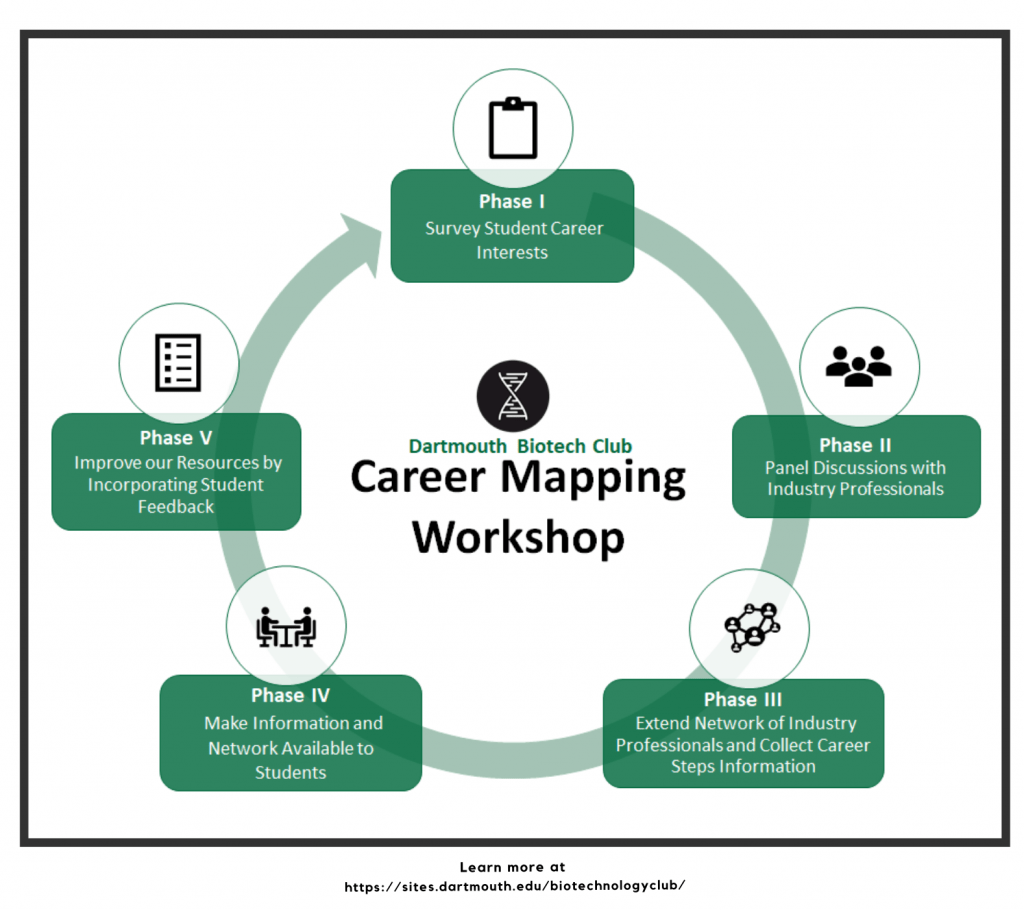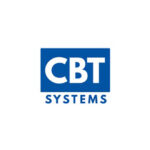A career map is a strategic guide designed to help employees plan their career paths through clearly defined stages of personal and self-development. It provides a structured outline of potential career progression within an organization, detailing the steps and necessary qualifications or experiences needed to reach specific target positions.
Key Features of a Career Map:
-
Requirement Profiles: The map is based on requirement profiles that define the qualifications and skills required for various positions within the company. These positions are considered “locations” on the career map, with clear paths leading to them.
-
Career Paths: A career map outlines specific sequences of positions employees must hold, along with any necessary training courses or seminars, in order to qualify for a target position. These paths are typically structured in a way that offers clear transparency regarding developmental opportunities within the company.
-
Backdoors: Some career maps, as described by Neuberger (1994), may also include backdoors, which are alternative routes that employees can take to reach a target position. These routes may involve lateral moves or different developmental experiences that still lead to the same outcome.
-
Transparency and Communication: Ideally, career maps offer transparency by clearly communicating potential development opportunities within the organization. This helps employees understand their future prospects and provides a solid foundation for personnel development planning.
Challenges of Career Maps:
-
Lack of Credibility: While career maps are designed to create a transparent framework, the actual filling of positions may not always align with the outlined paths, leading to inconsistencies that reduce credibility.
-
Limited Opportunities: Employees who follow the career path may face demotivation if there are no available target positions, as not every employee’s desired role may become vacant.
-
Data Overload: Managing large volumes of data related to career paths can lead to confusion and make it difficult to maintain the clarity and usability of the map.
American vs. Global Use:
-
In American companies, career maps are often simplified to lists of roles and their associated job responsibilities.
-
In some continuing education institutes, a career map may refer to a summary of courses or training sessions designed to prepare employees for specific target positions.







